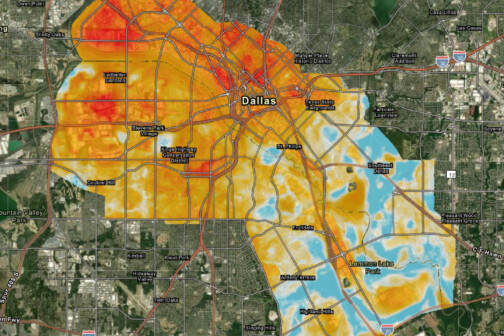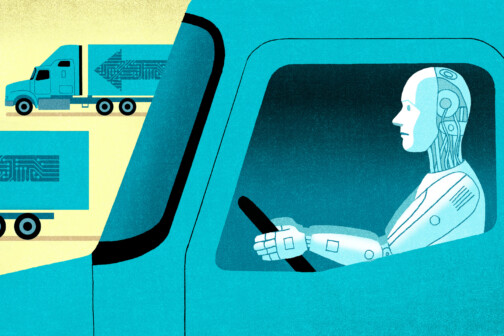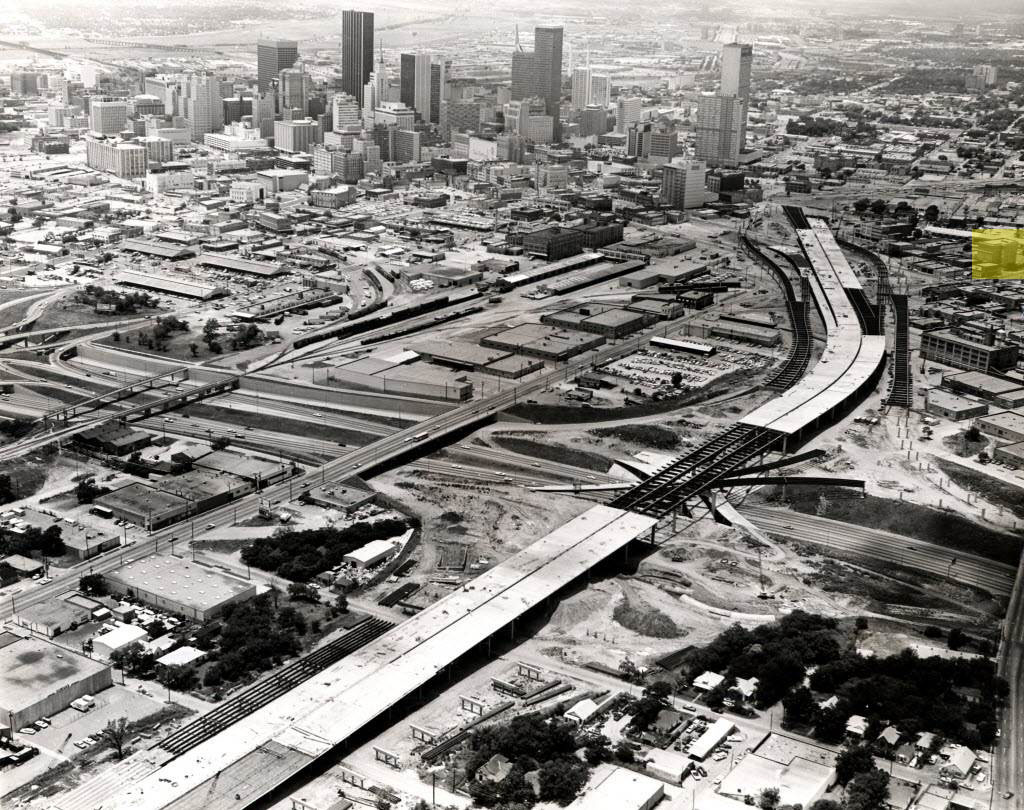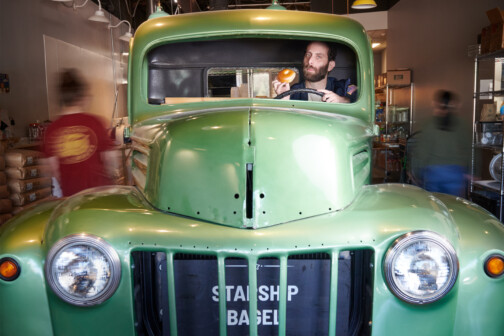New data released by the city of Dallas and the National Oceanic and Atmospheric Administration reveals that the summer heat is far worse in some pockets of the city, exacerbated by concrete and a lack of shade that can make it feel up to 10 degrees warmer than what the thermometer says.
Last summer was brutally hot. North Texas recorded 47 days of triple-digit temperatures. Dallas ISD warned parents that school buses couldn’t cool down fast enough for their young riders. School districts moved football practices and games around to avoid the heat. Postal worker Eugene Gates died of heat illness in Lakewood while delivering mail.
“I think we had three consecutive days where we hit 109 last summer,” says NBC DFW chief meteorologist Rick Mitchell. “It was just ridiculous, and I don’t know if it’s because I’m getting old, but last summer was just nuts. I started to be the cranky old man.”
Mitchell says we’re paying the price for all the attendant concrete and asphalt that goes with living in a city.
“If you’re in an urban environment, that concrete, all that stuff just absorbs the heat and then gives it back off at night,” he says. “And that’s the whole thing of the urban heat island effect—it manufactures heat from all that stored heat within the concrete and those other surfaces.”
Last summer, the city and the NOAA gathered data to map the city’s heat islands—areas where pavement is more plentiful than trees, which traps the heat. Urban heat islands can be up to 20 degrees hotter than parts of town with more trees and grass. (Dallas was one of 18 cities participating in the 2023 Urban Island Mapping Campaign.)














